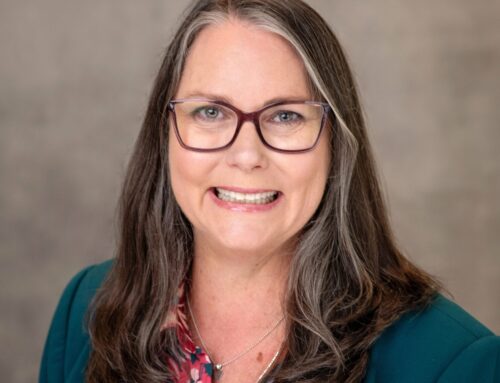The national meeting of U.S. superintendents took place Feb. 16-18, and we wished to hire a skywriter to post this above the entrance: “We know how to help you spend your ESSER funds to increase student achievement!” Tips on how to spend ESSER funds effectively seem to be highly-desired information at the moment – and too few superintendents know their options.
There are multiple causes for concern that ESSER funds need to be optimally used to advance student learning outcomes. A recent study by McKinsey showed that millions of these funds risk going unspent or wasted because education leaders need help to spend them effectively.
A discouraging CPRE analysis of ESSER plans in the country’s largest school districts showed that the top three investment categories are facility and technology upgrades and social-emotional supports – hardly encouraging signals that classroom instruction will improve via this historic investment. While we recognize that the pandemic gave rise to the need for facility and technology upgrades in schools, these needs are short-lived. They will not lead to gains in student achievement, as this article from Natalie Wexler calls out. Now more than ever, school system leaders should invest in actions most likely to impact the quality of instruction in classrooms to accelerate COVID recovery.
The fourth most-popular expenditure in CPRE’s analysis is professional development, a long-popular use of such funds. But here’s an important insight that should command superintendents’ and school boards’ attention: professional development investments don’t always translate to student outcomes – but they can, with the right models.
So, what is ineffective professional development? ‘Sit and get’ professional development disconnected from classroom instruction that does not provide teachers with tools they can immediately use in their classrooms. Here’s a tip, if your teachers complain that they are participating in too much professional development, your PD is ineffective.
So what type of professional development do teachers want that will positively impact classroom instruction? Research shows that effective professional learning is content-focused, connected to instructional materials, and specific to an educator’s context. There needs to be a focus on equity and supporting teachers by providing grade-level instruction and “just-in-time supports” for all students, as well as time for teachers to engage in regular reflection of student work from their instructional materials. Additionally, it must address expectations and motivations and provide ample opportunities for interaction and collaboration. Rivet’s recent market research confirms that teachers want this active, ongoing, and collaborative professional development.
While there is a growing consensus on what constitutes high-quality professional development, there needs to be more agreement on who should provide it. There is no question that in-house professional development can be high-quality. However, there are specific instances when it may need to be more effective. Supporting educators through the challenges of implementing a new curriculum requires expertise that is often hard to find in-house because the materials are unique to everyone in the school or the school system. Therefore, the early stages of this work may require a temporary departure from school systems’ typical strategies of relying on internal support.
The good news is that numerous professional learning organizations provide these services and can serve as shoulder partners to education leaders in directing time and ESSER dollars toward effective academic plans to improve teaching and learning. Our Professional Learning Partner Guide features 45 organizations that can navigate this work with district teams – from vision- and goal-setting to the practical details, like ensuring the research alignment of instructional materials and planning for change management and coaching. These technical assistance partners support many districts on their ‘Science of Reading’ journey and can also help implement the math and science curriculum.
Everyone hopes ESSER funds will significantly improve student outcomes, but this isn’t the only upside to this massive investment in K-12 education. Districts that use these funds to invest in their teachers through effective curriculum-based professional learning and high-quality instructional materials can also expect improvements in staff satisfaction and retention, reductions in achievement gaps, and increased student engagement.
So if we could page all superintendents in attendance at the National Conference on Education, it would be to say, “Don’t spend your ESSER dollars on snake oil.” With the help of the right partners, you can advance quality instruction and develop your staff to realize the full impact of ESSER’s historic investment in K–12 education.
If you have questions on how to get started in choosing the right partner to support curriculum implementation, please contact us at info@riveteducation.org.
Written by Annie Morrison, Co-Founder, Rivet Education




